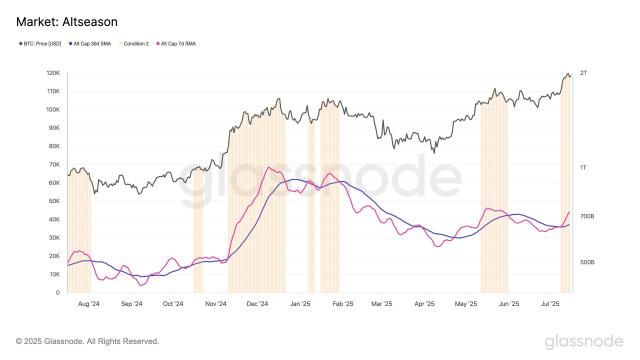Chainfeeds Intro:
As the core infrastructure for Web3 mass adoption, Safe is establishing a new standard for digital ownership and providing a solid foundation for crypto assets to naturally integrate into daily life.
Article Source:
https://x.com/FourPillarsFP/status/1945407764387573835
Article Author:
Four Pillars
Perspective:
Four Pillars: Safe was initially a multi-signature wallet prototype developed by Gnosis in 2017 for ICO fund management, which gradually evolved into a comprehensive smart account infrastructure. In 2022, Safe officially became independent, positioning itself as a core project focused on the "on-chain ownership layer". Currently, Safe manages over $50 billion in on-chain assets, has deployed over 43 million smart accounts, and serves numerous DAOs, institutional users, and Web3 applications. The core design of Safe lies in its modular architecture, which clearly separates transaction execution, security verification, and standard support, achieving flexible expansion and high security through plugin mechanisms (Modules, Guards, Fallback Handlers). Safe is no longer just a wallet, but a smart account protocol supporting complex asset logic and cross-application interactions, becoming the de facto standard for Web3 digital asset management. In the first quarter of 2025, Safe's total transaction volume reached $189.6 billion, with DEX trading growing 442% quarter-on-quarter, reflecting its infrastructure status in DeFi. The Safe architecture consists of two core products: Safe {Wallet} is the user interface, and Safe {Core} is an account abstraction toolset for developers. Safe {Core} provides SDKs and APIs that can be embedded in any DApp to implement smart account functions such as multi-signature, batch transactions, and gasless operations. Unlike other account abstraction solutions, Safe emphasizes vendor neutrality and modularity, supporting developers to integrate as needed with minimal dependencies. The SDK components include basic integration packages, protocol interaction packages, and forwarder functions; the API layer handles off-chain signatures, transaction indexing, and event services. Safe {Wallet} focuses on asset management experience, integrating over 200 DeFi applications, supporting simulated execution and security risk warnings, with innovative features like social recovery, seed phrase alternatives (Passkey login), and built-in transaction aggregation, gradually transforming into a Web3 entry-level product. This architecture ensures account security while significantly lowering development barriers and user operation complexity. Safe's infrastructure is widely applied in over 200 projects, covering scenarios such as identity verification, DAO management, DeFi services, and enterprise payments, forming a unified on-chain account ecosystem. World App is the largest-scale application, having deployed 27 million Safe smart accounts, combining biometric authentication and zero-knowledge proofs to provide users with a seamless experience without private key management. Another typical case is Brahma, which provides asset automation management services through Safe, supporting strategy execution, gas optimization, and multi-account hierarchical control; Headquarters targets Web3 enterprises, integrating multi-signature approvals, stablecoin salary disbursement, and accounting system integration to build an on-chain financial management center. Additionally, projects like Zeal and Candide have launched biometrically authenticated wallets based on Safe without seed phrases, further simplifying user experience and enhancing self-custody security. Safe is gradually transitioning from a tool to a standard protocol, and its modular architecture, security, and ecosystem integration capabilities make it the core driving force for on-chain account innovation. [Original text was in English]
Content Source








